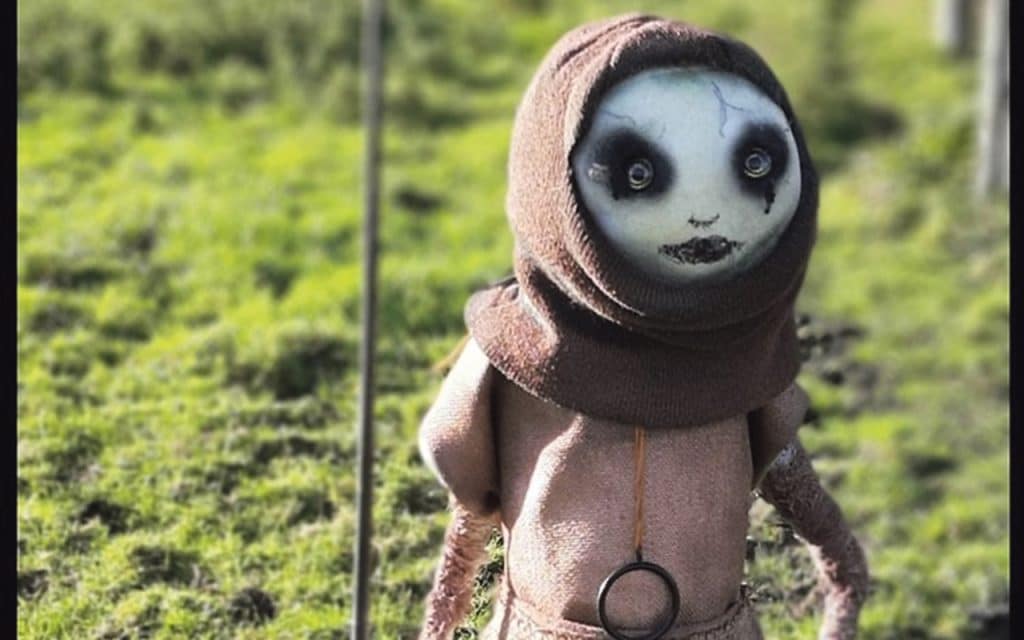
The DNA of West Cork People
Mark Grace is a genetic genealogist and family historian at Ballynoe House, Ardfield, Co. Cork
Despite technology, Artificial Intelligence (AI) and the sophistication of computers, it is a fact that the human brain is generally more accomplished at pattern recognition. A child can easily see an animal-shaped cloud in the sky, but a computer has no chance. If you have DNA tested you will start to note that even algorithms on well-known genealogical sites such as Ancestry will fail to recognise or mis-assign family connections which you might consider ‘obvious.’

If you are interested in understanding where the various bits of your DNA came from, whether ancestors or places of origin, then you need to use the tools described in last month’s column to map your various DNA segments. I use the free application DNA Painter. This allows you to copy/paste the data from websites that display your shared segments into your personal project and label them.
At the basic level, you are defining maternal side and paternal side DNA (or unassigned). At the next level, you are assigning segments to known shared ancestors (for example, your parents if matching a sibling, or a set of your great grandparents if matching a second cousin). You might be able to do this, if you have a supporting paper trail connecting to matches six generations or more back. Unfortunately, due to the lack of local records, in West Cork you are usually limited to matching third or fourth cousins, except in the rare circumstance you have older narratives within the family or are the younger generation starting your DNA adventure. Over time, you will build a very colourful and comprehensive project that shows your proven ancestry, as well as ancestry yet to be proven.
While West Cork testers will not benefit from the potential to match a long way back, those Irish with wider ancestry may be more fortunate. I was recently successful in proving a family connection back to a marriage in 1599 for my HORNBUCKLE 10x great grandparents, who had until recently only been theoretical ancestors due to distance and the unreliability of records. I was very surprised and it provides a good example of rare pattern matching and how you can use recombination points to identify different branches of the same family.
Simply put, the reproductive process involves a strand of your DNA being unzipped (it was two copies of RNA), cut into pieces and half of it being recombined into a new strand of RNA that provides half the DNA of your offspring; the other half coming from the other parent. This happens with every generation (and is supposedly random). Consequently, DNA from a long way back is at high risk of being, and usually is, unrecognisable from a genealogical perspective. Where the segments get joined up are recombination points. Different recombination points can indicate different branches and can be helpful finding new connections for the rare occasions a measurable piece of DNA has survived many more generations than expected.
The following cluster of matches illustrates the mapped history of a red DNA segment (about 40cM in size) as it passes down the generations. The tester’s closest cousins, in blue, (from great grandparents) show what passed down each line to them. A fifth cousin (from 4x greats) inherited the segment shown in green. The purple cluster are cousins from 2x greats on the same line. At this point, all that can inferred is that this DNA came via the tester’s 4x greats and ancestors to all the cousins. It is also worth noting that the segments are all larger than 15cM which is the usual size below which false positives can increasingly appear (matches due to being a human rather than ancestral), so these are genuine ancestral segments. This is where human pattern recognition comes into play.
I noticed the yellow segments in various trees belonged to branches of an unusual family name in Australia, DUCK. Finding their shared ancestry, it was possible to follow the family line back to a point where it met more distant ancestors than our tester’s 4x greats. This was two children from the 1599 HORNBUCKLE marriage. Consequentially, there is a triangulated match between the tester, their closest cousins, and new distant cousins who are all in the tenth to eleventh cousins. The yellow segment is only half the original size of the red segment, having lost the first half somewhere along the way to the Australians. Thanks to the Australian families having made their data available it was possible to prove both lines and provide a unique insight into how some segments survive to tell a longer story. If you are able to recognise them. I have several other examples where family trees indicate similar connections but they remain unproven as data is not shared. The same methodology is applied to my West Cork projects but in a more recent timeframe. This is presented this month ahead of future, more technical articles covering specific West Cork family lines.
Many West Cork people have family originating in England, Scotland and Wales, so may be lucky to find similar connections. I am also using this approach to pinpoint the part of my Irish ancestry coming from County Mayo and have been able to identify several townlands where different DNA-matched surnames are clustering even though there is no paper trail prior to the 1820s. So, if you have connections with the SCAHILL family of Ballykilleen (bordering Co. Longford), the HOBAN families of Castlebar and Claremorris, and the LAVELLE and McDONAGH families in that county, please do get in touch. Based on correspondence, I know that the West Cork People online edition is read worldwide, so this is a shout out to any future collaborators who would like to join these investigations.
Questions for future articles can be emailed to DNAmatchingprojects@gmail.com. Private client services available. Follow the West Cork DNA blog on Facebook “My Irish Genealogy & DNA.”


